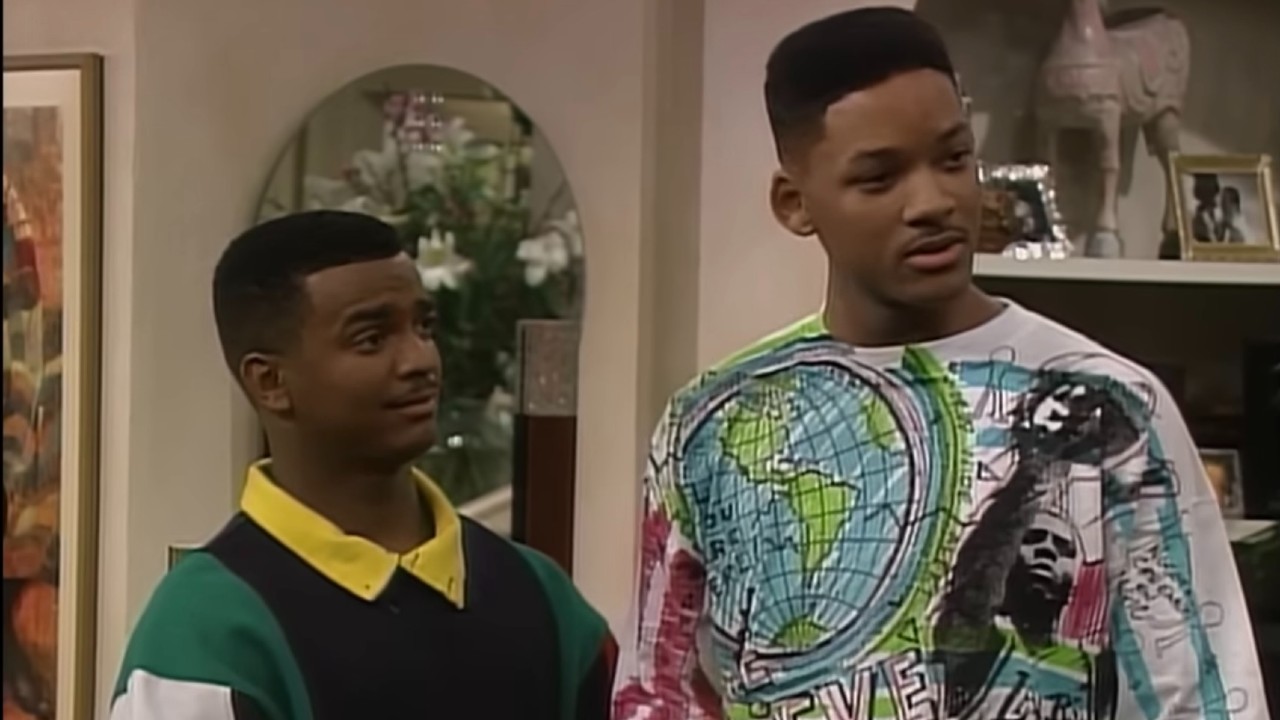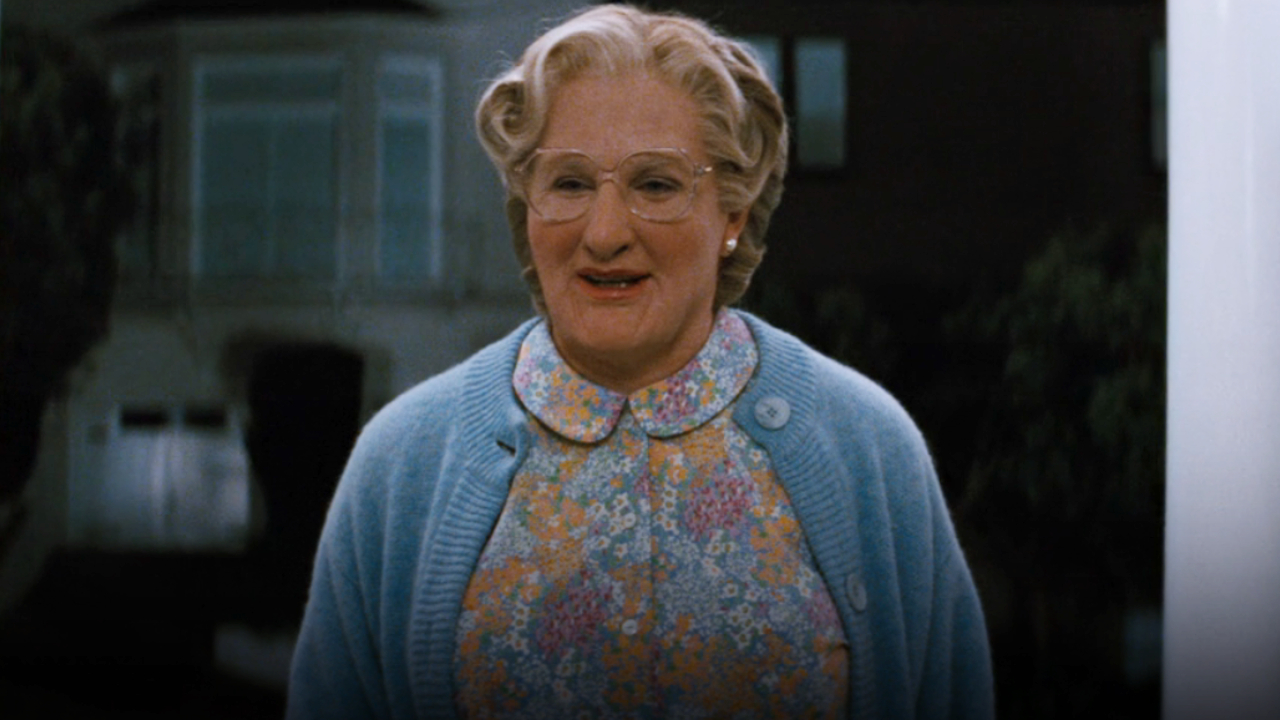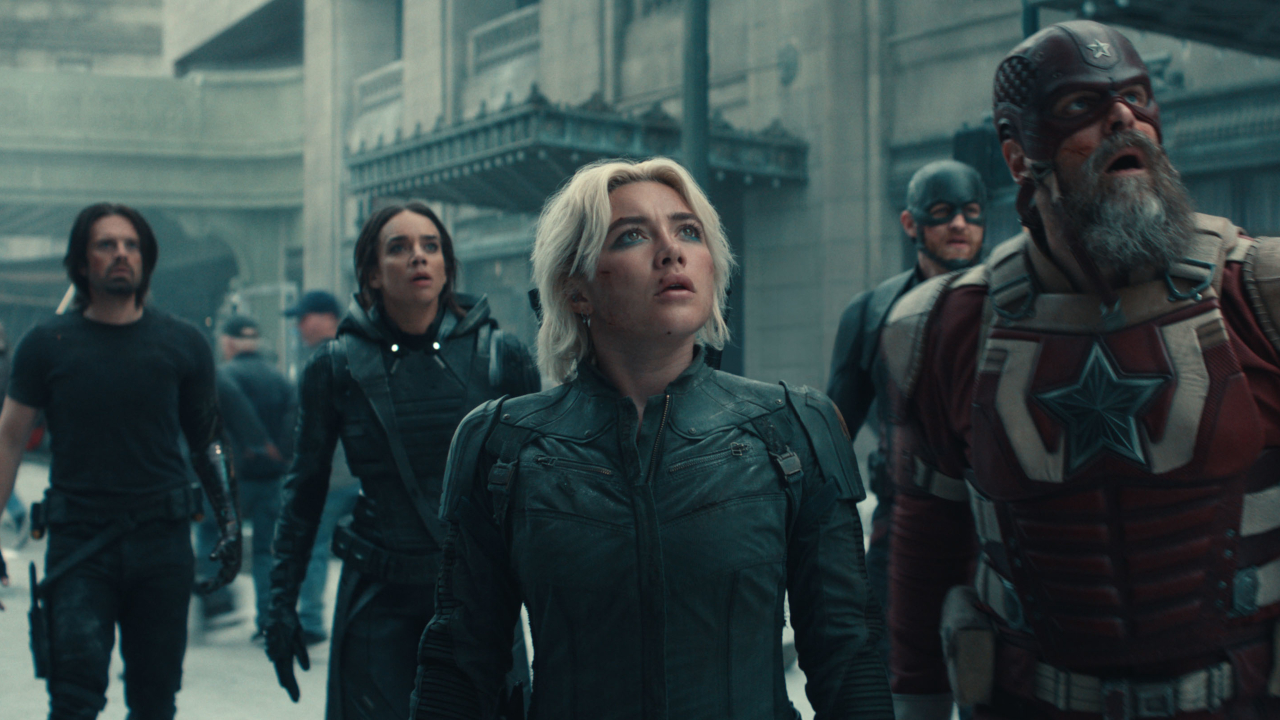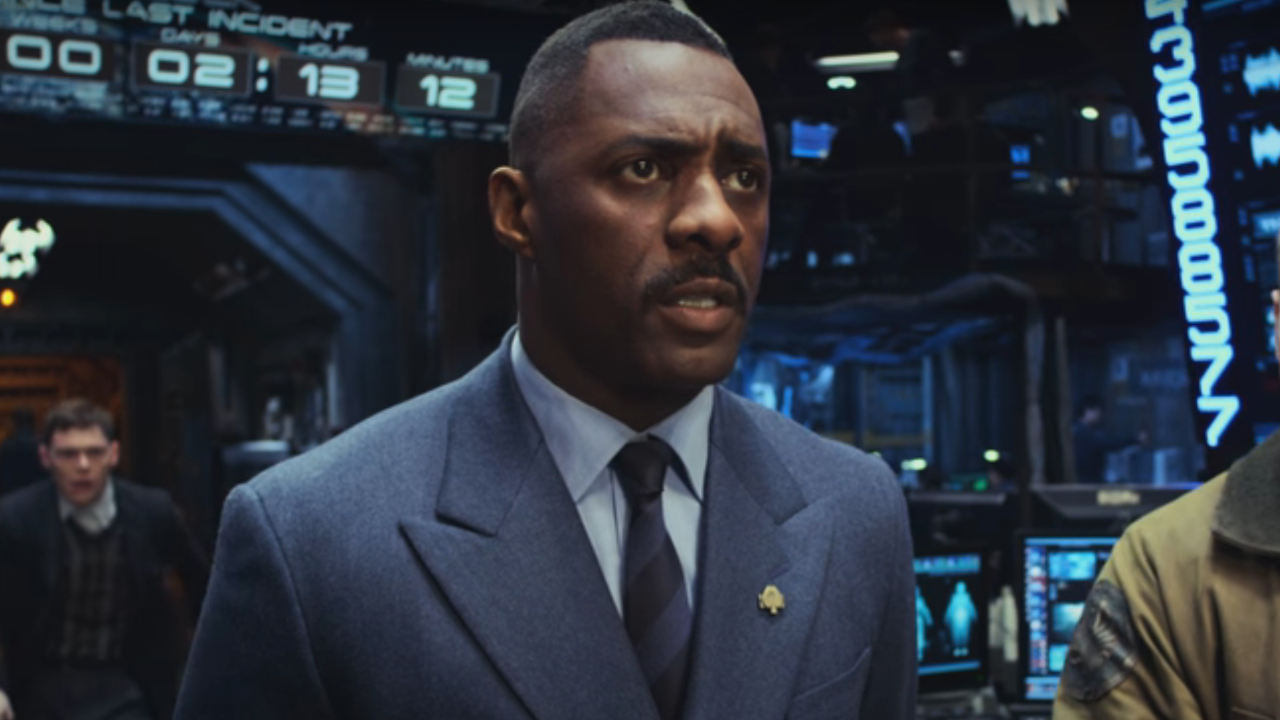To 3D Or Not To 3D: Buy The Right Coco Ticket

Ever since the original Toy Story, Pixar has proven themselves to be one of the best studios when it comes to computer animation. Coco, the newest feature from the company, looks to be just as impressive from a technical standpoint, but what's more, the world being crafted inside Coco deals with a culture that most are likely not too familiar with, shining a light in a place we don't normally get to see.
Whether Coco succeeds as a story is a question for a complete film review, and as it happens, we have one of those. The question we're here to answer is, how does Coco's 3D perform? Is it worth spending the extra money on a 3D screening? We break down the numbers to give you an answer.
Animated films are almost always well suited to the 3D film environment, as every inch of the frame is under the complete control of an animator, so every shot is exactly what they want. Coco is no exception. With the vast majority of the story taking place in the Land of the Dead, the 3D aspects are used to help create the otherworldliness of that landscape. Having said that, while the environment looks great, the action of the movie itself isn't greatly enhanced by 3D. Making a solid, though not quite perfect, fit for the medium.
As amazing as Pixar is when it comes to animation in general, their 3D offerings seem to come up short a lot of the time. Coco seems to have been given more effort than some, though still not quite as much as one feels could have been done. Some of the 3D shots in the film are absolutely breathtaking. The Land of the Dead feels alive more so than many other animated worlds, and the 3D is obviously being used to help create this feeling.
Half the fun of 3D is when elements seem to leave the screen and land in your lap. Unfortunately, most films don't seem to take advantage of that ability these days. Coco really doesn't either. While there are some elements that come right up to the screen itself, it never seems to quite take that extra step into the theater. It seems like a lost opportunity, as considering the number of flower petals that float around the movie, a few of them floating past the audience could have truly aided in the films immersion.
That's not to say that Coco fails to make the audience feel like they're inside the movie. As far as the film's treatment of what's beyond the frame, it's remarkable. The Land of the Dead is a massive world that seemingly goes on forever into the night sky, this is where the 3D of Coco truly shines. You'll find yourself wishing the camera held on these establishing shots a bit longer just because there's so much to see. There's so much going on in the background of Coco that is impressive by itself, but the 3D only adds to that feeling of life, err, afterlife.
The entirely of Coco's story takes place over a single night, so there's no natural light source throughout most of the movie. This could be a serious problem for the movie/ However, the artificial light of the Land of the Dead is so bright and colorful that brightness is never an issue for Coco. Everything is easy to see and follow. That said, it should be pointed out that a bad lamp in a theater projector can impact this, and for this film, a bad lamp could cause significant brightness problems.
CINEMABLEND NEWSLETTER
Your Daily Blend of Entertainment News
3D is created by merging two separate images together in order to essentially trick your brain into seeing a three-dimensional image. This creates a natural blur in the image when you're not wearing the glasses. While not every frame of Coco is full of significant blur, most certainly are. In fact, some of the shots of the Land of the Dead contain the most motion blur I've ever seen in a 3D production. Taking your glasses off during these sequences makes the image utterly unwatchable. You'll go cross-eyed and it could have an impact on our final scoring criteria.
Audience health is always a somewhat difficult topic to discuss because everyone's body reacts differently to the technology. Since the film's brightness isn't of particular issue, most shouldn't have to worry about eye strain. I did find one scene early in the film, a pan across a series of skeletons in a line, that did get oddly out of focus and caused my eyes to have trouble adjusting. It's only a couple of seconds long, and thus shouldn't be a major issue, but it is the sort of thing that might set somebody's stomach out of wack if 3D tends to do that to you. Overall, however, most viewers should be just fine.
Coco's 3D presentation isn't perfect, but it is solid. If you're inclined to see 3D movies anyway, you won't be disappointed with Coco. If you're more on the fence, you don't need to see Coco in 3D, but I'd still lean towards recommending it. Most of what Coco gives you is pretty standard, but in its best moments, the film's 3D shines and those few moments are worth checking it out if you do like 3D when the technology is truly used to enhance the experience.

CinemaBlend’s resident theme park junkie and amateur Disney historian, Dirk began writing for CinemaBlend as a freelancer in 2015 before joining the site full-time in 2018. He has previously held positions as a Staff Writer and Games Editor, but has more recently transformed his true passion into his job as the head of the site's Theme Park section. He has previously done freelance work for various gaming and technology sites. Prior to starting his second career as a writer he worked for 12 years in sales for various companies within the consumer electronics industry. He has a degree in political science from the University of California, Davis. Is an armchair Imagineer, Epcot Stan, Future Club 33 Member.









